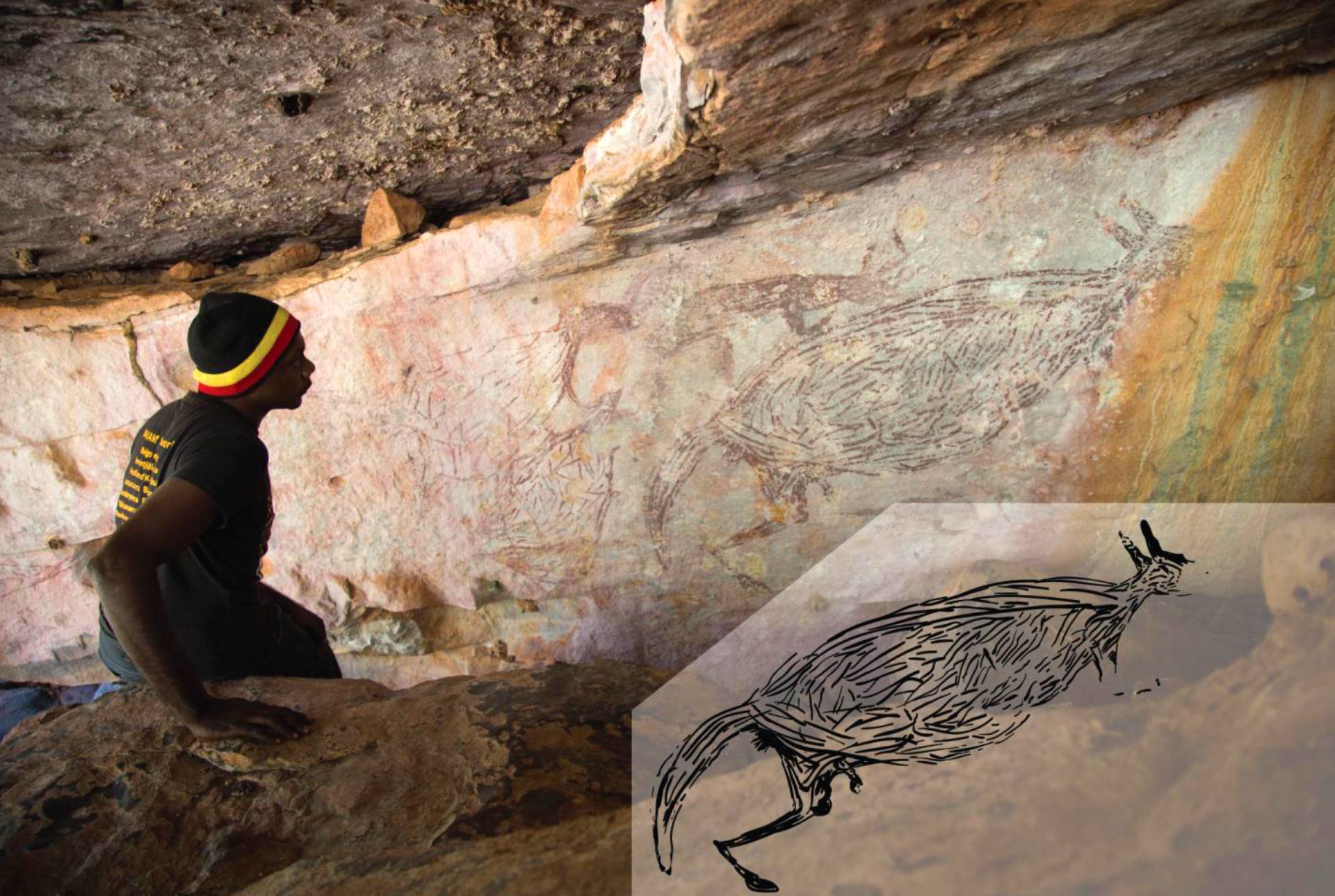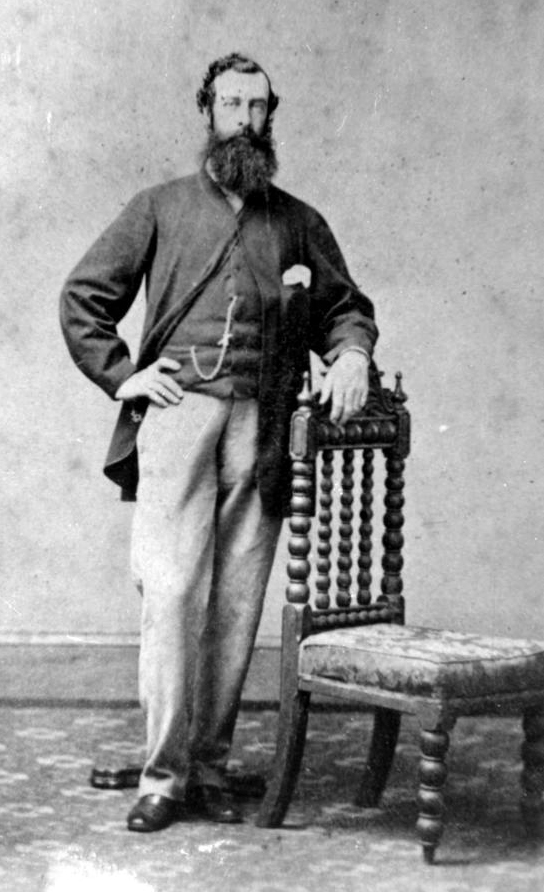|
1995–96 Australian Region Cyclone Season
The 1995–96 Australian region cyclone season was an active Australian cyclone season, with Western Australia experiencing a record number of landfalling intense storms in the Pilbara region. The season produced a total of 19 tropical cyclones, of which 14 developed into named storms and 9 reached severe tropical cyclone status. The strongest of the season was Severe Tropical Cyclone Olivia, which also produced the highest recorded wind gust on record of 408 km/h (253 mph). Though several systems impacted land, the general sparsity of population centres in Australia limits the scale of damage. One person was confirmed to have been killed and cumulative losses were estimated at A$77 million (US$58.5 million). Systems ImageSize = width:800 height:200 PlotArea = top:10 bottom:80 right:20 left:20 Legend = columns:3 left:30 top:58 columnwidth:270 AlignBars = early DateFormat = dd/mm/yyyy Period = from:01/11/1995 till:01/06/1996 TimeAxis = orientation:horizo ... [...More Info...] [...Related Items...] OR: [Wikipedia] [Google] [Baidu] |
Cyclone Olivia
Severe Tropical Cyclone Olivia was a powerful cyclone, the 13th named storm of the 1995–96 Australian region cyclone season, which formed on 3 April 1996 to the north of Australia's Northern Territory. The storm moved generally to the southwest, gradually intensifying off Western Australia. On 8 April, Olivia intensified into a severe tropical cyclone and subsequently turned more to the south, steered by a passing trough. On the morning of 10 April, passing over Barrow Island off the Western Australian northwest coast, Olivia produced the strongest non-tornadic winds ever recorded, with peak gusts of . On the same day the cyclone made landfall on the Pilbara coast, about north-northwest of Pannawonica. The storm quickly weakened over land, dissipating over the Great Australian Bight on 12 April. During its formative stages, Olivia produced light rainfall in the Northern Territory. While offshore Western Australia, the cyclone forced oil platforms to shut down ... [...More Info...] [...Related Items...] OR: [Wikipedia] [Google] [Baidu] |
90th Meridian East
The meridian 90° east of Greenwich is a line of longitude that extends from the North Pole across the Arctic Ocean, Asia, the Indian Ocean, the Southern Ocean, and Antarctica to the South Pole. It is the border between two tropical cyclone basins: the Australian region and the Southwest Indian Ocean basin. The Ninety East Ridge is named after the meridian. The 90th meridian east forms a great circle with the 90th meridian west. This meridian is halfway between the Prime meridian and the 180th meridian and the center of the Eastern Hemisphere is this meridian's intersection with the Equator. From Pole to Pole Starting at the North Pole and heading south to the South Pole, the 90th meridian east passes through: : See also *45×90 points The 45×90 points are the four points on Earth which are both halfway between one of the geographical poles and the equator, and halfway between the Prime Meridian and the 180th meridian. Both northern 45×90 points are located on land, ... [...More Info...] [...Related Items...] OR: [Wikipedia] [Google] [Baidu] |
Cyclone
In meteorology, a cyclone () is a large air mass that rotates around a strong center of low atmospheric pressure, counterclockwise in the Northern Hemisphere and clockwise in the Southern Hemisphere as viewed from above (opposite to an anticyclone). Cyclones are characterized by inward-spiraling winds that rotate about a zone of low pressure. The largest low-pressure systems are polar vortices and extratropical cyclones of the largest scale (the synoptic scale). Warm-core cyclones such as tropical cyclones and subtropical cyclones also lie within the synoptic scale. Mesocyclones, tornadoes, and dust devils lie within the smaller mesoscale. Upper level cyclones can exist without the presence of a surface low, and can pinch off from the base of the tropical upper tropospheric trough during the summer months in the Northern Hemisphere. Cyclones have also been seen on extraterrestrial planets, such as Mars, Jupiter, and Neptune. Cyclogenesis is the process of cyclone f ... [...More Info...] [...Related Items...] OR: [Wikipedia] [Google] [Baidu] |
Adele Island (Australia)
Adele Island is an uninhabited small island located in the Indian Ocean approximately North of Ardyaloon off the Kimberley coast in Western Australia.Adele island. The Kimberley Coast. Description The island is fish-hook shaped and has a length of and a width of and a total area of . It is low-lying and surrounded by extensive sandbanks lying over a platform forming a large .History |
Bonaparte Gulf
Joseph Bonaparte Gulf is a large body of water off the coast of the Northern Territory and Western Australia and part of the Timor Sea. It was named after Joseph Bonaparte, brother of Napoleon and King of Naples (1806–1808) and then Spain (1808–1813) by French explorer and naturalist Nicolas Baudin in 1803. It is also often referred to in Australia as the "Bonaparte Gulf". Description The Keep River and Victoria River drain into the gulf in the Northern Territory, the former close to the Western Australia – Northern Territory border. The Ord River, Pentecost River, Durack River, King River and the Forrest River drain into the Cambridge Gulf, another gulf within the southern part of the Joseph Bonaparte Gulf. The Legune (Joseph Bonaparte Bay) Important Bird Area lies at the south-eastern end of the gulf. The Bonaparte Basin is a large sedimentary basin underlying the gulf and a large part of the Timor Sea The Timor Sea (, , or ) is a relatively shallow sea in the ... [...More Info...] [...Related Items...] OR: [Wikipedia] [Google] [Baidu] |
Kimberley Region Of Western Australia
The Kimberley is the northernmost of the nine regions of Western Australia. It is bordered on the west by the Indian Ocean, on the north by the Timor Sea, on the south by the Great Sandy and Tanami deserts in the region of the Pilbara, and on the east by the Northern Territory. The region was named in 1879 by government surveyor Alexander Forrest after Secretary of State for the Colonies John Wodehouse, 1st Earl of Kimberley. History The Kimberley was one of the earliest settled parts of Australia, with the first humans landing about 65,000 years ago. They created a complex culture that developed over thousands of years. Yam ('' Dioscorea hastifolia'') agriculture was developed, and rock art suggests that this was where some of the earliest boomerangs were invented. The worship of Wandjina deities was most common in this region, and a complex theology dealing with the transmigration of souls was part of the local people's religious philosophy. During the 18th century, Dut ... [...More Info...] [...Related Items...] OR: [Wikipedia] [Google] [Baidu] |
Northern Territory
The Northern Territory (abbreviated as NT; known formally as the Northern Territory of Australia and informally as the Territory) is an states and territories of Australia, Australian internal territory in the central and central-northern regions of Australia. The Northern Territory shares its borders with Western Australia to the west (129th meridian east), South Australia to the south (26th parallel south), and Queensland to the east (138th meridian east). To the north, the Northern Territory looks out to the Timor Sea, the Arafura Sea, and the Gulf of Carpentaria, including Western New Guinea and various other islands of the Indonesian archipelago. The NT covers , making it the third-largest Australian federal division, and List of country subdivisions by area, the 11th-largest country subdivision in the world. It is sparsely populated, with a population of only 249,000 – fewer than half the population of Tasmania. The largest population centre is the capital city of Darw ... [...More Info...] [...Related Items...] OR: [Wikipedia] [Google] [Baidu] |
Whitsunday Islands
The Whitsunday Islands are 74 continental islands of various sizes off the central coast of Queensland, Australia, north of Brisbane. The northernmost of the islands are off the coast by the town of Bowen, while the southernmost islands are off the coast by Proserpine. The island group is centred on Whitsunday Island, while the commercial centre is Hamilton Island. The traditional owners of the area are the Ngaro people and the Gia people, whose Juru people has the only legally recognised native title in the Whitsunday Region. The islands are within the locality of Whitsundays and the local government Whitsunday Region. In 2009, as part of the Q150 celebrations, the Whitsunday Islands became one of the Q150 Icons of Queensland for their role as a natural attraction. Naming On Sunday 3 June 1770, (the day Whitsun— Pentecost was celebrated on the Christian calendar) Captain James Cook sailed his ship H.M.B. Endeavour, through a broad expanse of islands which ... [...More Info...] [...Related Items...] OR: [Wikipedia] [Google] [Baidu] |
Bowen, Queensland
Bowen is a coastal town and Suburbs and localities (Australia), locality in the Whitsunday Region, Queensland, Australia. In the , the locality of Bowen had a population of 11,205 people. The locality contains two other towns: * Heronvale, Queensland, Heronvale () * Merinda (). The Abbot Point coal shipping port is also within the locality (). Geography Bowen is located on the north-east coast in North Queensland, at exactly twenty degrees south of the equator. Bowen is halfway between Townsville and Mackay, Queensland, Mackay, and by road from Brisbane. Bowen sits on a square peninsula, with the Coral Sea to the north, east, and south. To the south-east is Port Denison, Queensland, Port Denison and Edgecumbe Bay. On the western side, where the peninsula connects with the mainland, the Don River (North Queensland), Don River's alluvial plain provides fertile soil that supports a prosperous farming industry. Merinda is a hinterland town west of the town of Bowen. The Bru ... [...More Info...] [...Related Items...] OR: [Wikipedia] [Google] [Baidu] |
Kowanyama, Queensland
Kowanyama is a town and coastal Suburbs and localities (Australia), locality in the Aboriginal Shire of Kowanyama, Queensland, Australia. It is the site of the former Mitchell River Mission, founded in 1916, after the nearby Trubanamen Mission (established not far away on Topsy Creek in 1905) was abandoned. In the , the locality of Kowanyama had a population of 1,079 people. Geography The locality is on the Cape York Peninsula. It is bounded to the west by the Gulf of Carpentaria and to the north by the Coleman River (Queensland), Coleman River (). The locality of Kowanyama (and the Aboriginal Shire of Kowanyama which has the same boundaries) has a land area of . The Mitchell River enters the locality from the west (Maramie, Queensland, Maramie) and exits to the north-west into the Gulf of Carpentaria. As the river approaches the Gulf, it splits into two watercourses around Wallaby Island () with the southern branch retaining the name Mitchell River (with mouth ) and the ... [...More Info...] [...Related Items...] OR: [Wikipedia] [Google] [Baidu] |
Karumba, Queensland
Karumba is a town and a coastal locality in the Shire of Carpentaria, Queensland, Australia. In the , the locality of Karumba had a population of 487 people. Geography Karumba is in the Gulf Country region of Queensland, by road from Normanton and from the state capital, Brisbane. Karumba is within the Shire of Carpentaria, the administrative headquarters of which is in Normanton. The town is sited at the mouth of the Norman River, and enjoys the distinction of being the only town along the southern Gulf of Carpentaria that is within sight of the Gulf itself (the Gulf's extensive tidal flats prohibits settlement elsewhere along its shore). The rare Morning Glory cloud rolls through Karumba in the early hours of some mornings in September and October. Karumba Point Beach is the only beach in the region that is accessible by bitumen road, and is renowned for its sunset views over the Gulf of Carpentaria. Karumba Airport is on Fielding Street. There are no regular commer ... [...More Info...] [...Related Items...] OR: [Wikipedia] [Google] [Baidu] |





